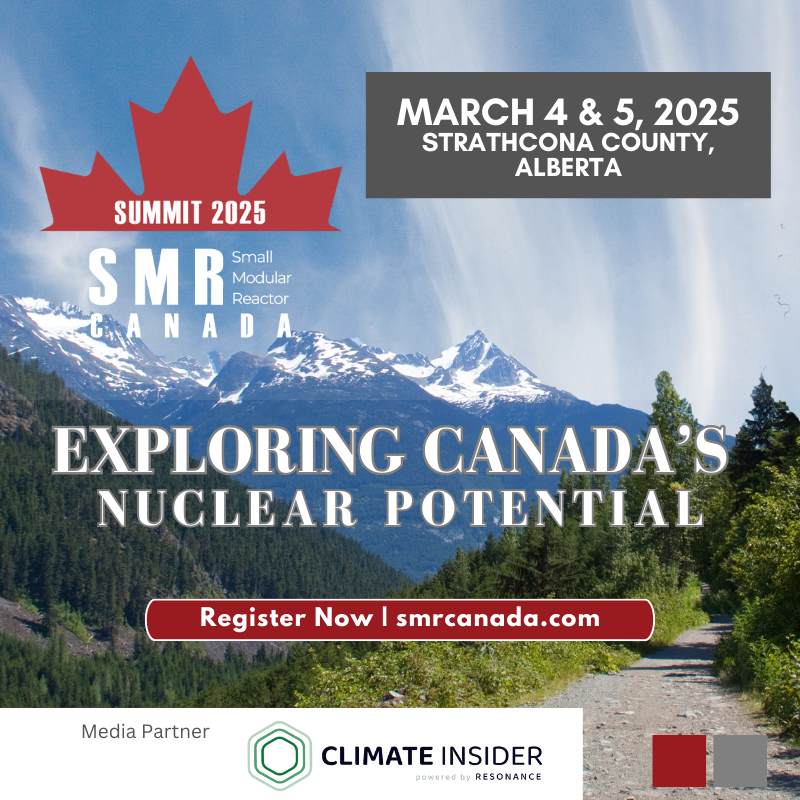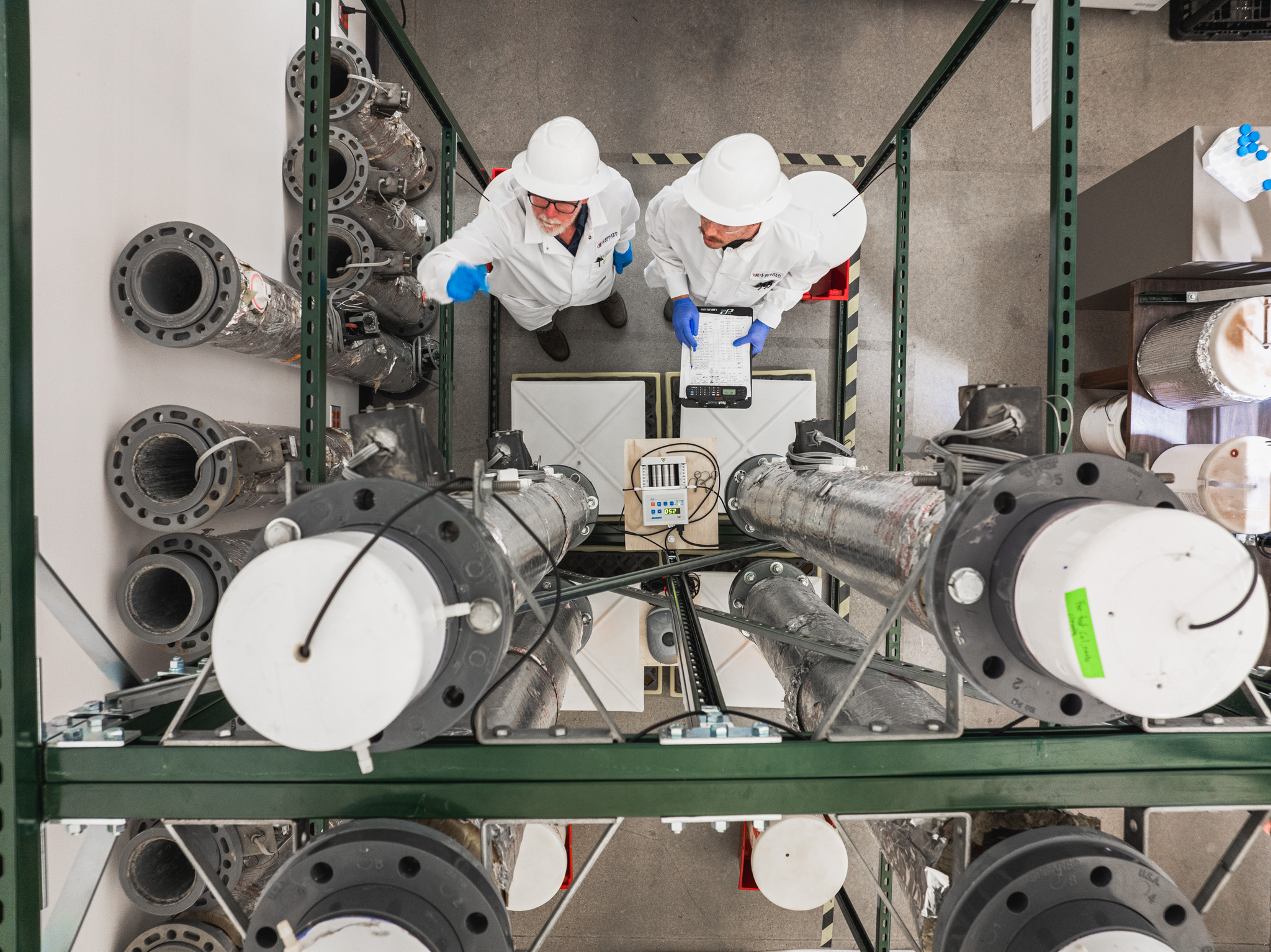Geospatial Intelligence (GEOINT) provides decision-makers with reliable, timely, and location-based data on Earth’s shifting features and events. According to General James R. Clapper—widely credited with coining the term “GEOINT”—this discipline “encompasses all aspects of imagery and geospatial information and services. It includes, but is not limited to, the analysis of literal imagery; geospatial data; and information technically derived from the processing, exploitation, literal, and non-literal analysis of spectral, spatial, and temporal fused products.” Ultimately, GEOINT pinpoints both the “where”—the precise location of a crisis or activity—and the “why”—the root causes or contributing factors.
Although it began with a focus on defense, GEOINT has broadened to include a variety of industries, including climate change and environmental security. Governments, organizations, and businesses have begun relying more on geospatial analysis to anticipate natural disasters, track harmful activities, and design more sustainable infrastructure.
Climate change is increasingly recognized as a critical threat multiplier, exacerbating existing security risks. GEOINT offers powerful tools to mitigate these risks, but its potential is hampered by complex data, limited resources, data security and privacy concerns, and a lack of standardization and interoperability. This article explores these challenges and proposes actionable recommendations for policymakers, businesses, and organizations to unlock the full potential of GEOINT for climate security.
Current Landscape: Climate Change, Security, and the Role of GEOINT
Climate change weakens social structures and fuels geopolitical tensions. Rising sea levels, drought, and erratic rainfall damage infrastructure, displace communities, and reduce agricultural output. In vulnerable regions, these disruptions heighten instability.

Often called a “threat accelerant,” climate change worsens resource scarcity, triggering migration and unrest. The outcome is more than an environmental issue, it poses security risks. GEOINT helps mitigate these by integrating satellite imagery, socioeconomic data, and field reports, enabling policymakers to assess crises and take action.
Monitoring Illegal Activities and Protecting Natural Resources
GEOINT assists in tracking activities that degrade environments, like unlicensed construction, mining, or dumping. The Copernicus program, for example, uses Earth Observation (EO) data to support efforts to monitor, detect, and mitigate illegal actions. Its “GEOINT for Environment Protection against Illegal Activities” action focuses on topics ranging from waste to forest crime and marine pollution.
Authorities have addressed illegal mining, for example, by leveraging Sentinel-2 imagery to spot excavations or tailings piles. In resource-rich areas, GEOINT tools have been used to track ecosystem damage linked to unauthorized mining sites. Lawmakers in many countries rely on this information to draft regulations, uphold rules, and sanction offenders.
Emerging Technology and Big Data
As climate events grow more frequent and severe, EO data volumes are surging. Analysts now access vast, near real-time data streams. SAR satellites penetrate clouds to monitor floods and fires around the clock, while machine learning highlights emerging trends. “The revolution we’re witnessing is driven by the sheer volume, resolution, and timeliness of data,” says ICEYE’s Senior VP, Stephen Lathrope.
Researchers, for instance, combined multi-sensor data on rainfall, vegetation, and soil moisture to forecast drought. This streamlined approach pinpoints high-risk areas, enabling more precise resource allocation and helping local authorities and farmers plan effectively.
The past decade has also seen remarkable advances in EO technologies. Both commercial and government-operated satellite constellations have multiplied and expanded, providing unprecedented coverage of the globe. There are now more satellites in low-Earth orbit than ever before, imaging almost every spot on Earth daily, sometimes even multiple times per day.
Ground-based sensors, crowd-sourced information, and social media posts can also feed into GEOINT. Together, these layered datasets offer a richer perspective on environmental risks. Many experts anticipate that as computing and storage capacities grow, analysts will gain more refined insights into climate threats.
Strengthening Security through GEOINT: Key Use Cases
Disaster Preparedness and Rapid Response
GEOINT supports governments and humanitarian agencies in issuing early warnings and crisis management actions. Satellites can track the path of a storm or floodplain expansions, while data analytics predict likely infrastructure failures. This allows authorities to stage equipment, organize evacuations, and reduce casualties. Rapid mapping of damaged sites after extreme events, such as flash floods, helps teams deliver targeted relief to those at risk.
In storm-prone or arid areas, more granular insights about how a disaster unfolds can inform the choice of short-term or parametric insurance solutions. As climate instability intensifies, advanced early-warning systems and quick post-disaster assessments will remain vital.
Conflict Prevention and Community Resilience
Regions that experience resource scarcity, poverty, or political fragility are more vulnerable to new outbreaks of violence. By measuring changes in water basins or farmland health, GEOINT can highlight hotspots that might worsen socio-political tensions. Early identification allows local authorities or international bodies to intervene with development projects or conflict-resolution measures.
In the Sahel, for instance, studies have found that shifting grazing routes and receding water supplies often spur clashes between communities. GEOINT-based alerts help local agencies see where herders have moved or how farmland use has changed. Community leaders can then negotiate resource-sharing arrangements. This mitigates the security threat, builds trust, and improves resilience.
Protecting Natural Habitats and Biodiversity
As climate patterns change, many governments have created protected areas or designated wildlife reserves. GEOINT reveals if those zones are holding up, or if human-driven changes such as urban sprawl or illegal logging are eating away at them. In many cases, local stakeholders rely on forest or wetland ecosystems for livelihoods like fishing, tourism, or harvesting raw materials. These stakeholders rely on accurate data to manage and preserve their home environments.
GEOINT-based forest inventories allow managers to see how replanting or anti-poaching measures are working. Satellite images also detect fires quickly, giving responders a better chance of containment. By blending satellite data with ground-level data, conservation planners can see how best to protect areas that bolster carbon sequestration and support endangered species.
Key Players in the Sector
There are several EO satellite manufacturers based in Europe and the UK whose innovations are particularly relevant for addressing climate-security challenges. These companies build satellites equipped with imaging or radar payloads that deliver critical data on deforestation, infrastructure vulnerability, changing weather patterns, and other indicators essential for risk mitigation and operational decision-making. The Space Insider Market Intelligence Platform and analysts have identified some of the key players in the EU sector. Not all of these companies directly own or operate the missions they build for, but each plays a pivotal role in creating the hardware that drives GEOINT solutions for climate and environmental security.
ICEYE (EU)
- Focus: Microsatellite platforms carrying Synthetic Aperture Radar (SAR).
- Strength for Climate & Security: SAR imaging pierces cloud cover and nighttime darkness, enabling uninterrupted monitoring in disaster zones or conflict hotspots.
- EO Components: Radar, reconnaissance, remote sensing.
Alba Orbital (UK)
- Focus: PocketQube satellites and deployment systems (Albapod).
- Strength for Climate & Security: Ultra-small satellites lower barriers to entry for monitoring missions, supporting low-cost, high-frequency data collection on changing environments.
- EO Components: EO/imaging, remote sensing (on miniature platforms).
SatRevolution (EU)
- Focus: Building small, lightweight nanosatellites for diverse applications.
- Strength for Climate & Security: Enables cost-effective constellations suitable for continuous EO in agricultural, disaster-prone, or remote areas.
- EO Components: Remote sensing, EO/imaging.
Airbus (EU)
- Focus: Global manufacturer producing satellites and satellite subsystems for high-resolution imaging.
- Strength for Climate & Security: Offers robust end-to-end EO solutions, supporting everything from climate data analysis to disaster relief operations.
- EO Components: EO/imaging, remote sensing, radar, reconnaissance.
Open Cosmos (UK)
- Focus: Design, build, launch, and operation of advanced satellites through its OpenOrbit end-to-end mission service.
- Strength for Climate & Security: Simplifies the satellite development cycle, accelerating the deployment of custom payloads for environmental and risk-monitoring missions.
- EO Components: EO/imaging, remote sensing.
Europe’s GEOINT market is set to grow at a 6.2% compound annual growth rate (CAGR), reaching €4.6 billion by 2033, driven by AI-integrated geographic information system (GIS) technologies and Smart City initiatives. The Geospatial Analytics AI segment is expanding faster at 25.4% CAGR, hitting €435 million by 2030. Germany leads with a 25% market share, leveraging industrial strength, while the UK is projected to have the highest growth (12% CAGR) due to GIS adoption in smart mobility and conservation.
The Ukraine conflict has reinforced GEOINT’s strategic value, increasing European demand despite ongoing defense sector bottlenecks. The market is led by Hexagon AB, Leica Geosystems, and Frequentis, with software solutions making up 45.8% of the GIS market.
Over 60% of EU municipalities use GIS for urban planning, critical infrastructure, and climate monitoring. Key players include Thales Alenia Space, Airbus, and Telespazio, while “New Space” entrants like OroraTech, Kuva Space, and LiveEO drive innovation.
Overcoming Challenges
While GEOINT is certainly a powerful tool to mitigate climate and security risks, organizations must navigate technical, policy, and ethical hurdles.
Data Complexity and Resource Gaps
Poor connectivity in remote or conflict-affected regions slows down data collection. Many local agencies lack the funds or expertise to process large satellite-based datasets based on recent research. They also may not have a deep pool of imagery analysts or software specialists.
The Solution: Policymakers can address these constraints by enabling partnerships with public and private sectors to optimize the progress of innovation. Training programs should also be made more accessible and comprehensive to expand on who can interpret remote-sensing products.
Balancing Security Needs with Privacy
Detailed observations can raise privacy concerns. GEOINT may capture sensitive information about people’s movements or property.
The Solution: Governments should ensure data safeguards and define clear regulations for using location-based information. This includes identifying who owns the data and who has the right to analyze or store it.
Protecting Systems from Cyberattacks
GEOINT relies on digital platforms for data storage, exchange, and analytics. Insufficient cybersecurity measures could lead to data breaches that threaten mission goals, not to mention personal privacy.
The Solution: Building robust cyber defenses to protect sensitive infrastructure and keep vital intelligence secure must be made a regulatory priority.
Standardizing Data and Methods
Different GEOINT providers have varied protocols, metadata standards, and classification systems. Studies have found that without consistent frameworks, cross-border cooperation becomes difficult, and data sharing suffers.
The Solution: Aligning technical standards enhances data interoperability. Open data principles and setting clear guidelines on data usage enables governments, researchers, and businesses to access information more easily.
Ensuring Comprehensive Insights
Satellites and remote-sensing algorithms cannot replace local expertise. That expertise may come from citizens’ feedback, on-the-ground observers, or civil society groups. Researchers have found GEOINT reaches its highest potential when it blends modern analytics with knowledge from communities who live with environmental challenges each day.
The Solution: Investing in open platforms that merge climate, socio-economic, and political data, ensuring wide accessibility and diverse, holistic datasets. This combined approach leads to better-informed decisions and fosters a sense of shared responsibility.
Looking Ahead: Future Needs and Opportunities
Climate threats will likely intensify in the coming years, creating greater demand for precise, real-time data. GEOINT can meet this need through improved sensor capabilities, artificial intelligence, and collaboration among different data providers. Initiatives like Copernicus illustrate how close ties between public agencies and private firms can accelerate breakthroughs in detection, forecasting, and mapping. Yet analysts must remain mindful of each region’s political, social, and ecological contexts, ensuring that technology-driven solutions truly serve local needs.
By mapping both where crises emerge and why they escalate, GEOINT informs strategies to protect resources, guide relief efforts, and avert conflicts. To maximize these benefits, stakeholders can expand public–private partnerships that address data complexity and resource gaps, while supporting robust training programs to broaden the analyst pool. Clear regulations and cybersecurity safeguards should protect privacy rights and sensitive infrastructure, and alignment on data standards will foster more effective collaboration across borders. Finally, merging these technical advances with local expertise—through open platforms that integrate climate, socioeconomic, and political data—creates well-informed responses grounded in community reality.
Policymakers and stakeholders have a responsibility to tap this potential to bring deeper clarity and fairness into our shared approaches to addressing climate security. When done well, GEOINT sets a path toward resilient outcomes for the planet, now and well into the future.








